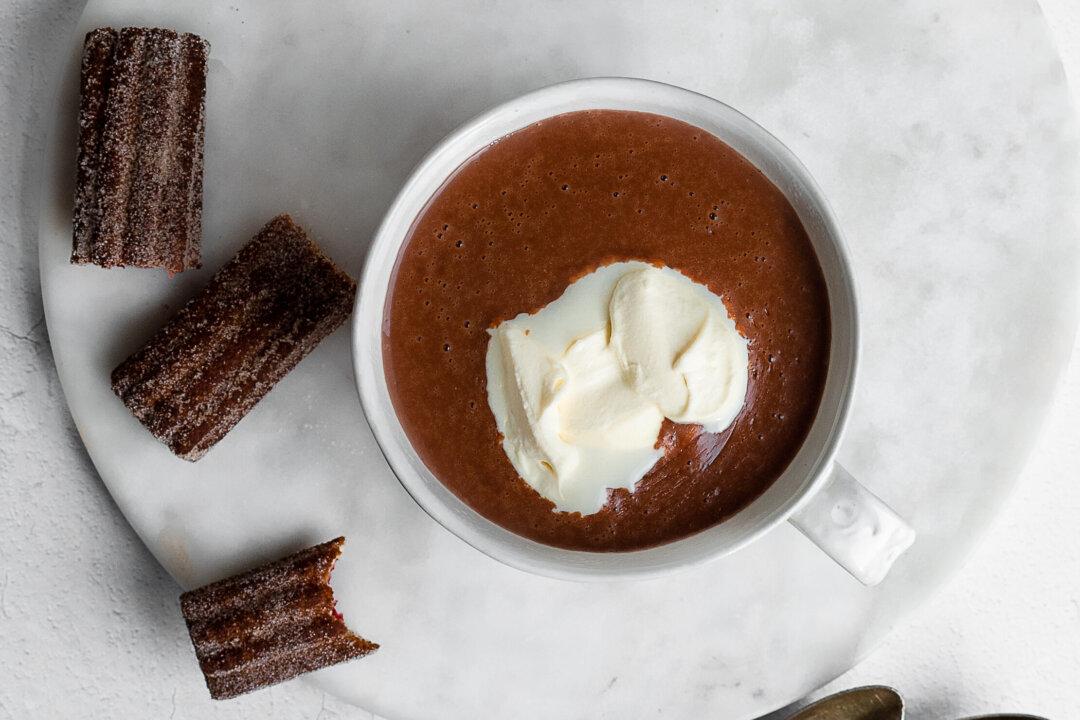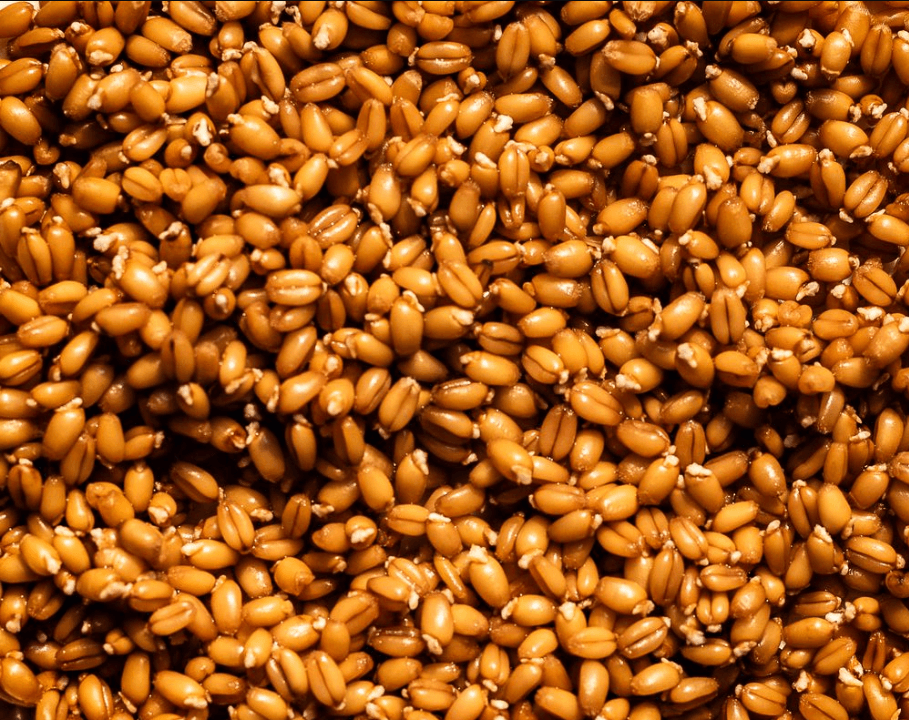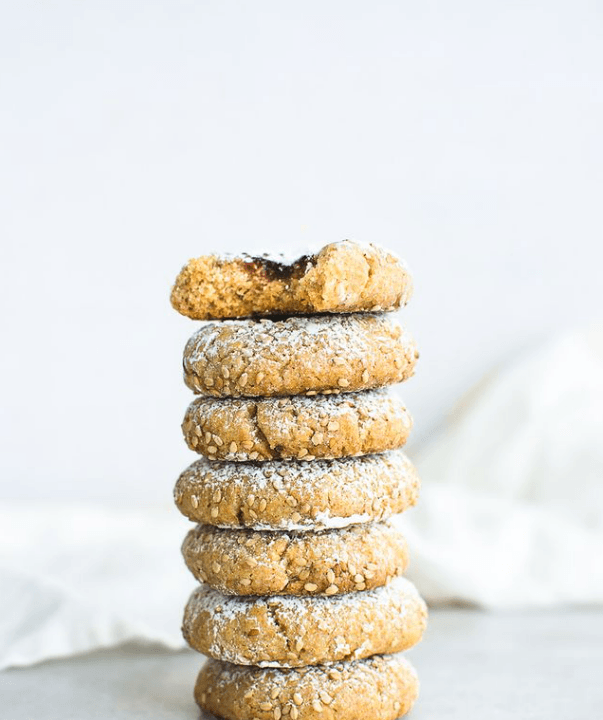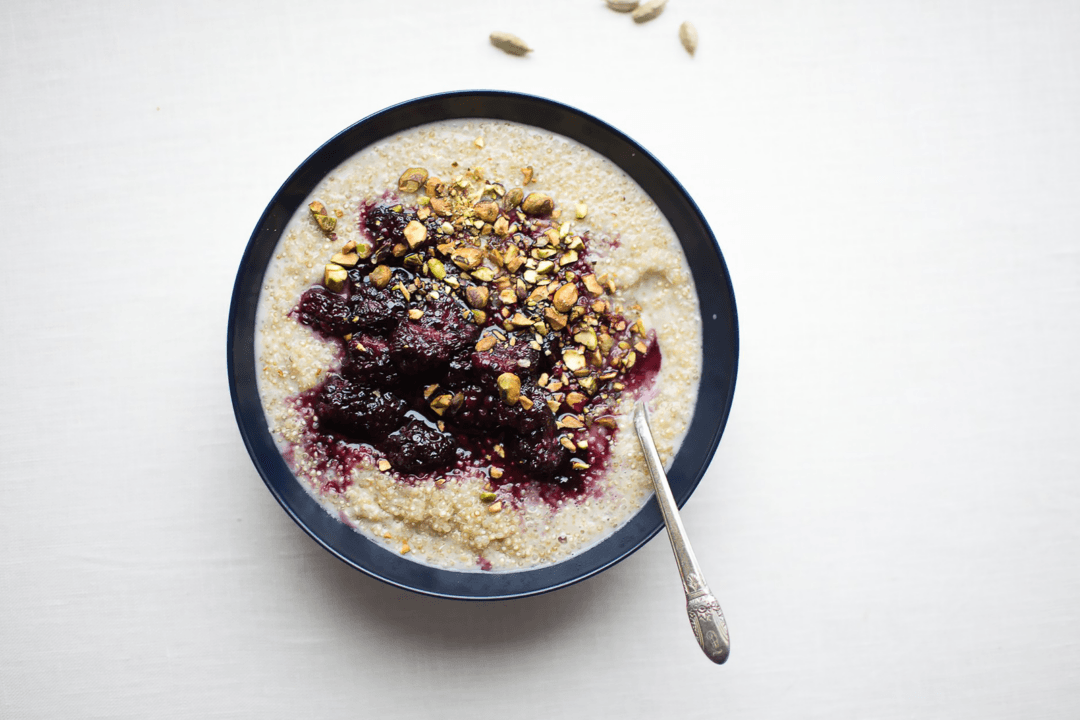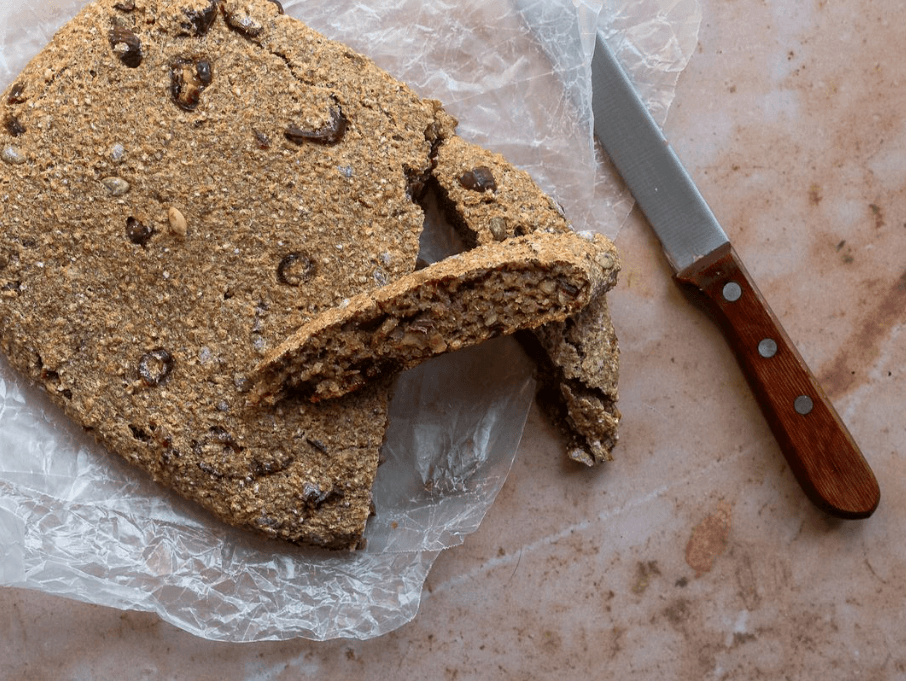When winter’s cold hits hard, there’s nothing quite like a warm cup of hot chocolate. Sweet, rich, and milky, it’s a favorite of kids and grown-ups alike.
The drink, however, is rooted in ancient Mayan traditions. With its light-hearted sweetness, modern-day hot chocolate bears little resemblance to the original version, which was a dark, bitter brew infused with fragrant spices.

